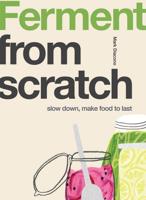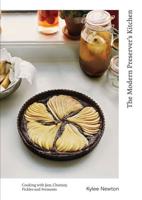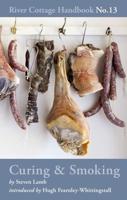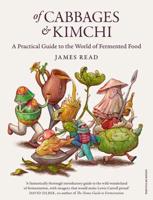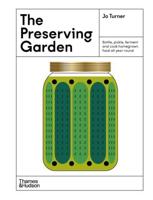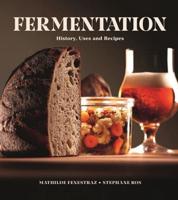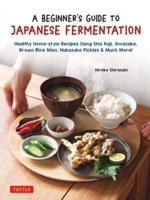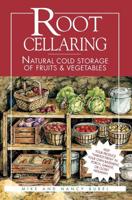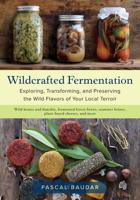Publisher's Synopsis
Embark on a flavorful journey with "Preserving Nature's Bounty: A Pickling and Fermenting Guide for Beginners," an enticing exploration into the world of pickling and fermenting that unveils the secrets of transforming ordinary ingredients into extraordinary, probiotic-rich delights.
From crisp cucumbers to vibrant cabbage and beyond, this cookbook is a treasure trove of techniques, recipes, and wisdom designed to demystify the age-old art of pickling and fermenting. The title beckons beginners into a world where jars become vessels of transformation, turning simple vegetables into tangy pickles and cultured treasures.
The book opens with a captivating introduction, laying the groundwork for understanding the science and history behind pickling and fermenting. Readers are gently guided through the fermentation process, demystifying terms like brine, lacto-fermentation, and probiotics, making the age-old practice accessible to even the most novice kitchen enthusiasts.
One of the highlights of "Preserving Nature's Bounty" is its emphasis on simplicity. The cookbook acknowledges the apprehensions of beginners and takes them by the hand, offering step-by-step instructions, ensuring that the process is not only enjoyable but foolproof. With user-friendly tips and troubleshooting advice, even those unfamiliar with the art of preservation will find themselves confidently crafting their own pickled and fermented creations.
The heart of the book lies in its diverse array of recipes, catering to a spectrum of tastes and preferences. From classic dill pickles to exotic kimchi, each recipe is a testament to the transformative power of time and natural fermentation. The cookbook inspires culinary creativity, encouraging readers to experiment with flavor combinations and seasonal produce to create signature pickles and ferments.
In addition to its practicality, "Preserving Nature's Bounty" celebrates the health benefits associated with pickling and fermenting. The probiotic-rich nature of these preserved foods not only enhances flavors but also promotes gut health and boosts the immune system. The cookbook becomes a wellness guide, demonstrating that nourishing the body can be as delightful as it is healthful.
The book's organization is both intuitive and educational. Chapters are dedicated to different types of pickles and ferments, guiding readers through the various methods and ingredients. With colorful illustrations and mouthwatering photographs, the cookbook tantalizes the senses, offering a visual feast that inspires readers to embark on their own culinary adventures.
Beyond the kitchen, "Preserving Nature's Bounty" fosters a sense of community. Readers are invited to share their experiences, ask questions, and connect with fellow fermenting enthusiasts in a dedicated online forum. This interactive element transforms the cookbook into a communal space where beginners can learn from one another, forging connections over a shared love for preserving nature's bounty.
In conclusion, "Preserving Nature's Bounty: A Pickling and Fermenting Guide for Beginners" isn't just a cookbook; it's a gateway to a timeless culinary tradition that connects us with our food and the natural world. With its accessible approach, diverse recipes, and community-building spirit, this book is a must-have for anyone seeking to embark on a journey of pickling and fermenting, transforming simple ingredients into complex, flavorful treasures. Whether you're a novice or a seasoned chef, this cookbook promises a delightful and healthful exploration into the art of preserving.

